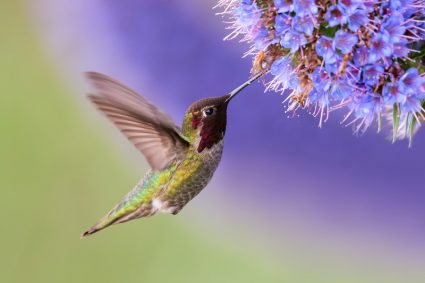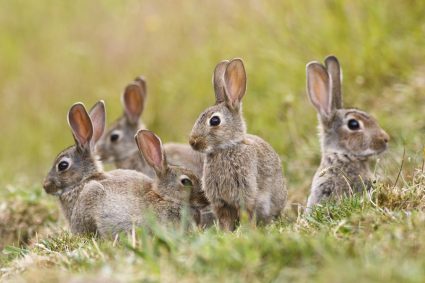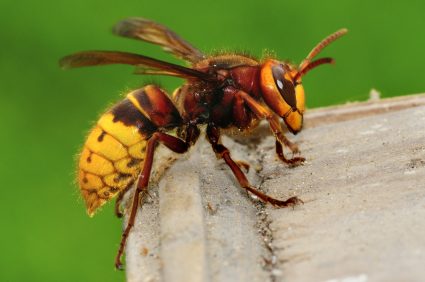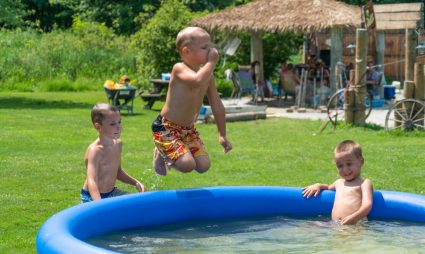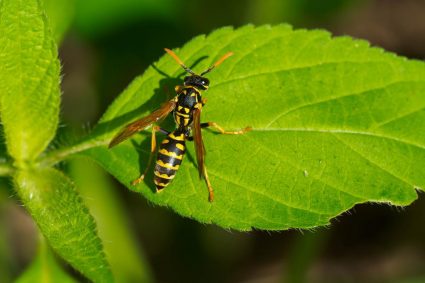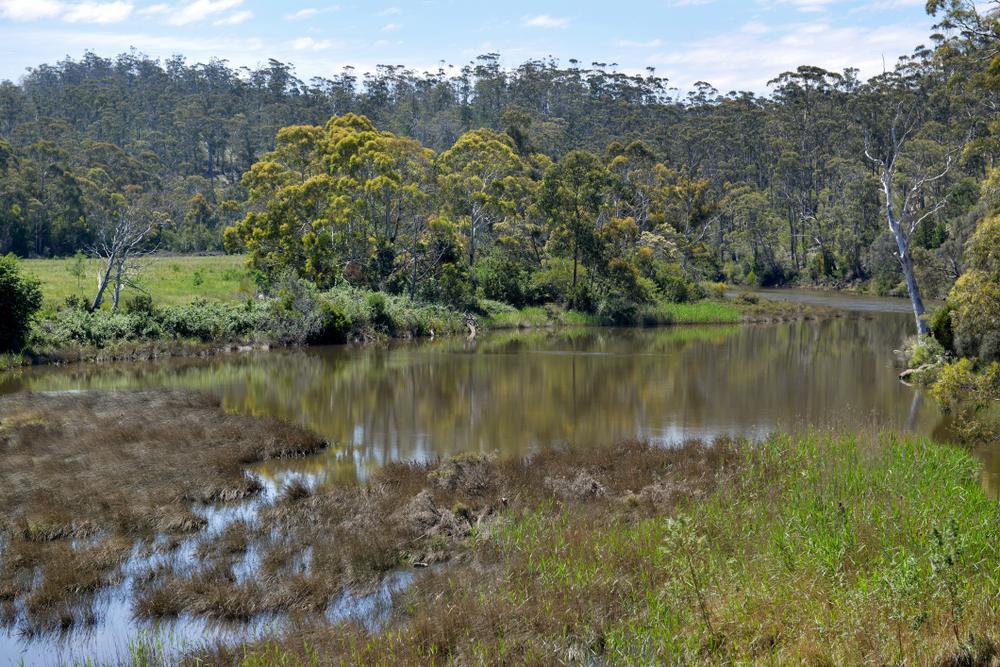
Coyotes are fascinating creatures with unique and adaptive sleeping habits. These adaptable animals have a wide range of sleeping locations, from the wild open prairies to the urban parks and golf courses. The choice of their sleeping spot is influenced by several factors, including safety, proximity to food sources, and environmental conditions. In this article, we will dive into the intriguing world of coyote sleeping habits, answering the question, “Where do coyotes sleep?”
Coyotes sleep in various locations depending on their habitat. In the wild, they often sleep in prairies, desert grounds, and dens which could be in hollowed-out tree stumps, rock outcrops, or existing burrows made by other animals. Urban coyotes adapt to sleep in wooded foliage and shrubbery, resting in parks or golf courses, and sometimes in abandoned buildings or underpasses. They choose their sleeping spots based on safety, visibility, and proximity to food sources.
Coyote Sleeping Locations: Wild vs. Urban Areas
Coyotes are versatile and can sleep in various locations, depending on their habitat. In the wild, they often sleep in prairies, desert grounds, and dens. These dens could be hollowed-out tree stumps, rock outcrops, or existing burrows made by other medium-sized carnivores like raccoons and skunks. Coyotes also build dens from scratch by digging a hole, usually preferring some protective cover at the den, such as bushes or trees, and some type of slope for drainage.
In contrast, urban coyotes have adapted to sleep in wooded foliage and shrubbery, often resting in parks or golf courses while avoiding residential or commercial regions. They may also find rest in abandoned buildings, alleyways, drainage pipes, and bridge underpasses.
However, coyotes rarely spend more than a couple of nights sleeping in the same place. They change their sleeping locations regularly due to food supply and safety.
Choosing the Perfect Sleeping Spot
Coyotes choose their sleeping spots based on safety, visibility, and proximity to food sources. They prefer locations with cover such as hollow trees, dens, or burrows of other animals. In urban areas, they may sleep in parks or golf courses, where they can find cover and avoid human activity.
Environmental factors also play a significant role in shaping coyote sleeping habits. In colder climates, coyotes may seek out warmer locations such as storm drains or crawl spaces underneath buildings. They also tend to avoid open areas where predators like wolves or mountain lions may be present.
Sleeping Patterns of Coyotes
Coyotes have irregular sleeping patterns, and the number of hours they sleep daily varies from a few minutes to up to 12 hours. They are naturally diurnal animals, meaning they are active during the day and sleep at night. However, in areas with human settlements, they may adjust their sleeping habits to be more nocturnal to avoid contact with humans during the daytime.
Safety Measures While Sleeping
Coyotes take several precautions to ensure their safety while they sleep. They choose safe and secure locations to rest, such as dens, wooded foliage, shrubbery, rock outcrops, or burrows dug by other animals. These locations provide shelter and allow them to detect approaching danger easily. Coyotes also wake up easily if disturbed, which helps them stay alert to potential threats.
Impact of Weather and Seasons
Weather and seasons can affect where coyotes sleep. In warm climates, coyotes prioritize finding shelter in open areas to avoid the heat during the summer seasons. During the pupping season, which lasts from February through the fall, coyotes use dens for the birth and care of their young.
In conclusion, the sleeping habits of coyotes are influenced by a variety of factors, including their environment, safety concerns, and food availability. These adaptable creatures continue to survive and thrive by adjusting their behaviors to the changing circumstances around them.
Frequently Asked Questions
What other animals pose a threat to coyotes?
Other predators that pose a threat to coyotes include larger carnivores such as wolves, mountain lions, and bears. In urban areas, they may also face threats from domestic dogs.
Do coyotes hibernate during the winter?
No, coyotes do not hibernate. They remain active throughout the year, even during the winter months.
Do coyotes always sleep alone?
Not necessarily. While coyotes can and often do sleep alone, they may also sleep in small family groups, particularly during the pupping season.
How do coyotes communicate with each other?
Coyotes have a complex system of communication that includes both vocalizations, like howls, yips, and barks, and non-vocal signals, such as body postures and facial expressions.
What is the lifespan of a coyote?
In the wild, coyotes typically live between 6 to 8 years. However, in captivity, they can live up to 14 years.

